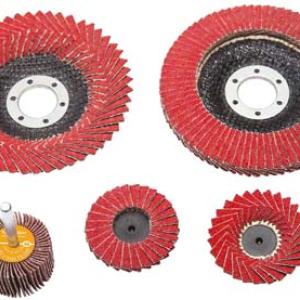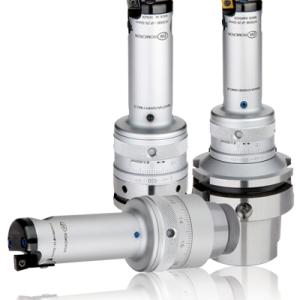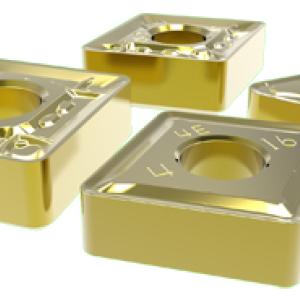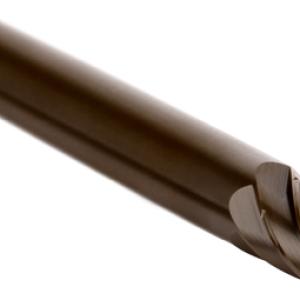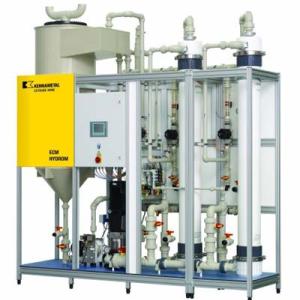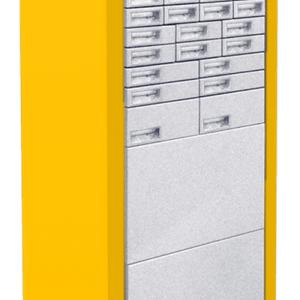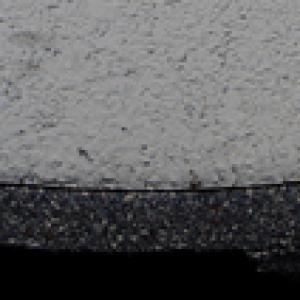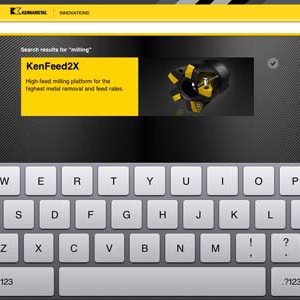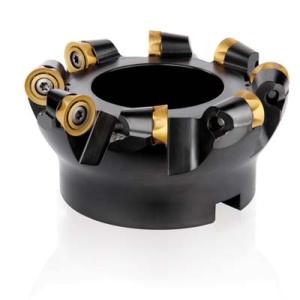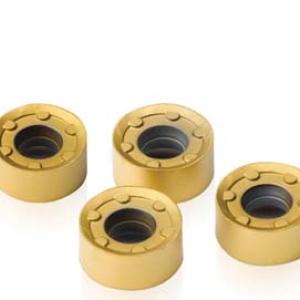Contact Details
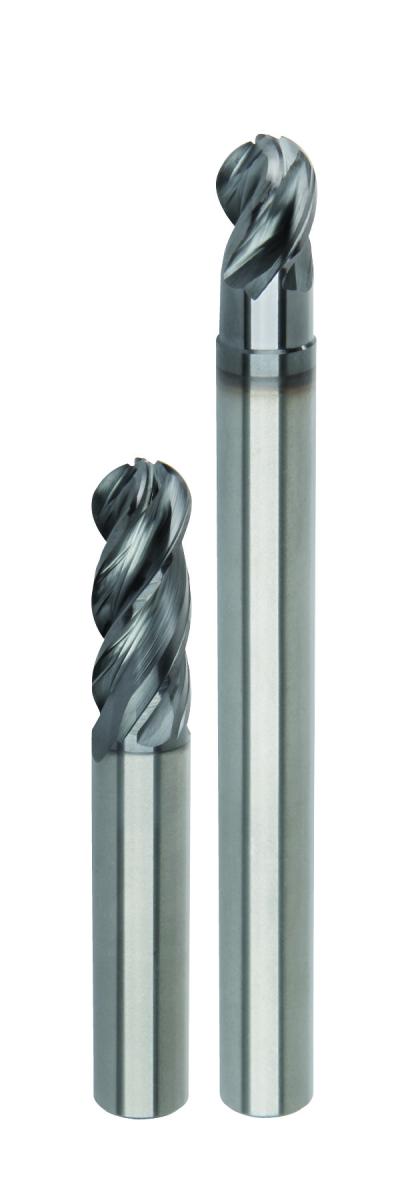
Kennametal has introduced an expansion to the HARVI™ I TE series, the HARVI I TE four-flute ball nose end mill. Designed for highly productive 3D roughing and finishing operations, it delivers lower machining cost through maximum metal removal in a broad range of materials.
Anatomy of a high performer
The HARVI I TE ball nose end mill features an innovative proprietary relief that requires a closer look. In the most critical area - the ball nose section - a wavy contour shapes the rippled relief which provides improved coolant flow into the cutting zone.
Maximum productivity, maximum tool life in 3D milling operations: The HARVI I TE four-flute ball nose end mill with the rippled relief in the ball nose section.
The rippled relief enables higher feeds and speeds as well as increased depth of cuts by advanced vibration damping and lower cutting forces.
On the outer diameter, the relief changes its shape, and turns into the eccentric faceted relief. The eccentric faceted relief provides exceptional edge strength, geometric accuracy, lower cutting forces and makes this end mill series very versatile.
Other geometry advancements of the square end styles —including a twisted end face, chip gashing, and a variable helix angle—have also been engineered into this new solid carbide end mill.
The offering
The HARVI I TE ball nose end mill is available in two different lengths, both with a diameter range from 2 to 20 mm (1/16" to 1"). The regular length is the first choice for 3D copy milling operations, while the long version offers sufficient length-of-cut (up to 4sD) for many applications, including shoulder milling when wall and floor finishing is required.
The HARVI I TE ball nose end mill is available in two different lengths: regular (inch non-necked, metric with neck) and long.
Related Glossary Terms
- coolant
coolant
Fluid that reduces temperature buildup at the tool/workpiece interface during machining. Normally takes the form of a liquid such as soluble or chemical mixtures (semisynthetic, synthetic) but can be pressurized air or other gas. Because of water’s ability to absorb great quantities of heat, it is widely used as a coolant and vehicle for various cutting compounds, with the water-to-compound ratio varying with the machining task. See cutting fluid; semisynthetic cutting fluid; soluble-oil cutting fluid; synthetic cutting fluid.
- gang cutting ( milling)
gang cutting ( milling)
Machining with several cutters mounted on a single arbor, generally for simultaneous cutting.
- milling
milling
Machining operation in which metal or other material is removed by applying power to a rotating cutter. In vertical milling, the cutting tool is mounted vertically on the spindle. In horizontal milling, the cutting tool is mounted horizontally, either directly on the spindle or on an arbor. Horizontal milling is further broken down into conventional milling, where the cutter rotates opposite the direction of feed, or “up” into the workpiece; and climb milling, where the cutter rotates in the direction of feed, or “down” into the workpiece. Milling operations include plane or surface milling, endmilling, facemilling, angle milling, form milling and profiling.
- milling machine ( mill)
milling machine ( mill)
Runs endmills and arbor-mounted milling cutters. Features include a head with a spindle that drives the cutters; a column, knee and table that provide motion in the three Cartesian axes; and a base that supports the components and houses the cutting-fluid pump and reservoir. The work is mounted on the table and fed into the rotating cutter or endmill to accomplish the milling steps; vertical milling machines also feed endmills into the work by means of a spindle-mounted quill. Models range from small manual machines to big bed-type and duplex mills. All take one of three basic forms: vertical, horizontal or convertible horizontal/vertical. Vertical machines may be knee-type (the table is mounted on a knee that can be elevated) or bed-type (the table is securely supported and only moves horizontally). In general, horizontal machines are bigger and more powerful, while vertical machines are lighter but more versatile and easier to set up and operate.
- outer diameter ( OD)
outer diameter ( OD)
Dimension that defines the exterior diameter of a cylindrical or round part. See ID, inner diameter.
- relief
relief
Space provided behind the cutting edges to prevent rubbing. Sometimes called primary relief. Secondary relief provides additional space behind primary relief. Relief on end teeth is axial relief; relief on side teeth is peripheral relief.

